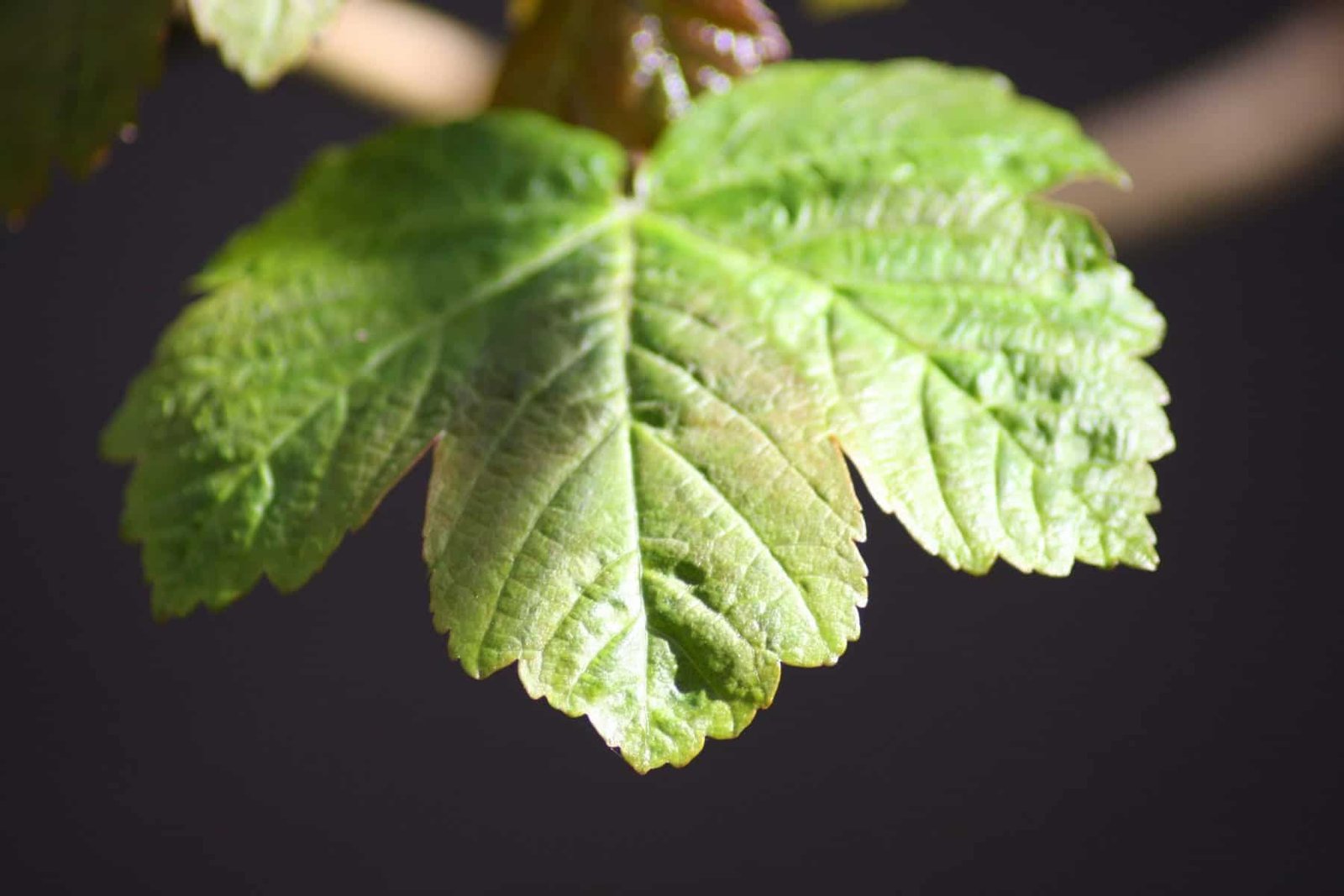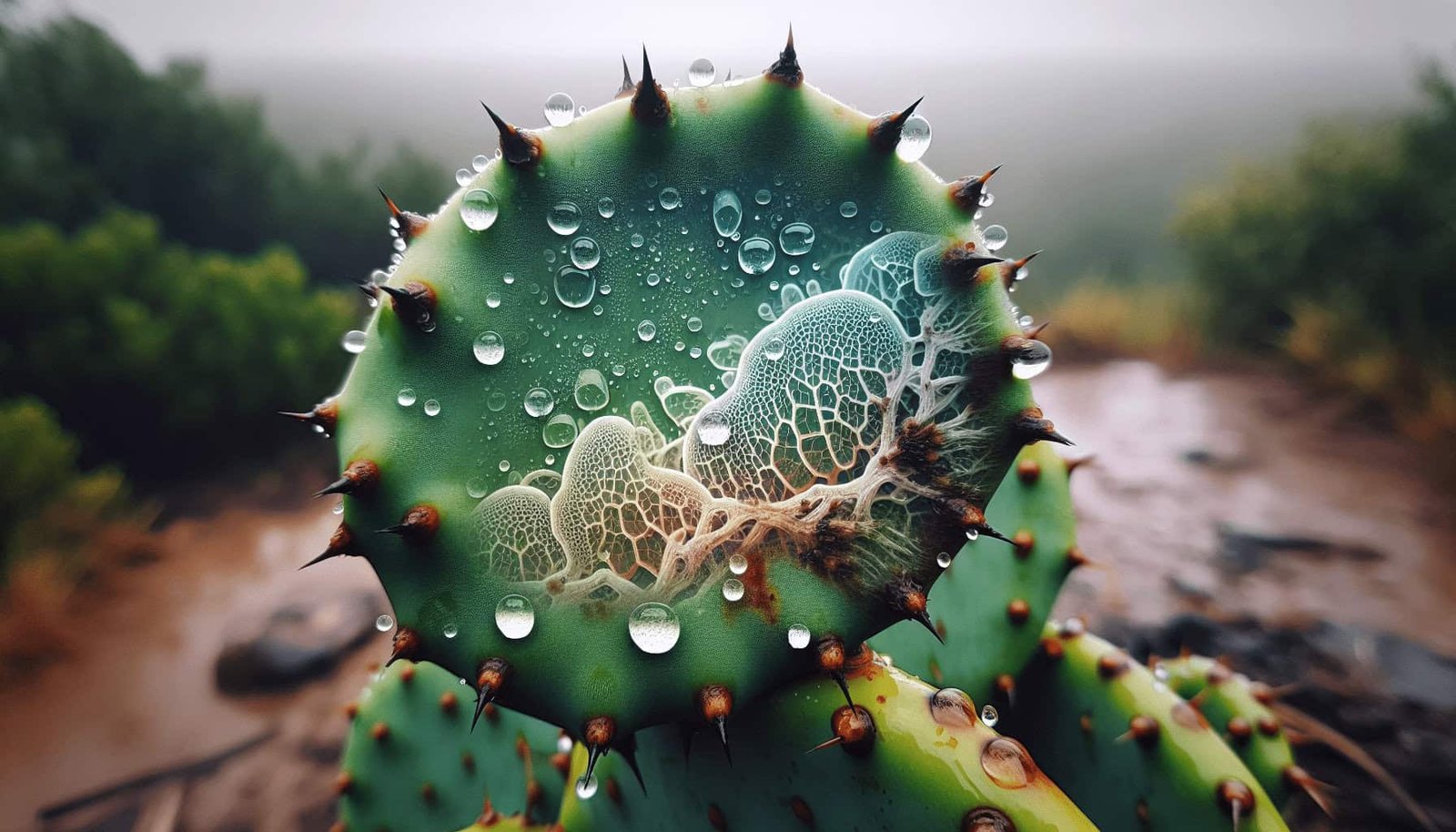During rainy seasons, it’s important to protect your nopal plants from fungal infections. Fungi thrive in wet and humid conditions, making these seasons particularly challenging for your cactus. However, with a few simple precautions and proactive measures, you can safeguard your nopal and ensure its health and productivity. In this article, we’ll explore effective strategies to shield your nopal from fungal infections, providing you with the knowledge and confidence to keep your plants thriving all year round. So let’s dive in and discover how you can successfully safeguard your nopal during rainy seasons.
Choosing a Healthy Nopal Plant
When it comes to cultivating nopal plants, choosing a healthy specimen is vital for preventing fungal infections. Inspecting for disease symptoms is the first step in ensuring you select a plant that is free from any existing issues. Look for any signs of discoloration, spots, or areas that appear unhealthy. A healthy nopal plant should have vibrant green pads and stems without any visible abnormalities.
Examining the stem and pads is another important aspect of choosing a healthy nopal plant. Check for any cracks, wounds, or lesions on the stems. These can serve as entry points for fungal pathogens. Additionally, inspect the pads for any signs of rot or mushiness. Choosing a plant with intact and firm stems and pads will minimize the risk of fungal infections.
Checking the root system is equally crucial in determining the health of a nopal plant. Gently remove the plant from its pot or carefully dig around the base of a planted nopal to examine the roots. Healthy roots should be firm, white, and free from any signs of decay or discoloration. Avoid plants with root rot or those showing signs of weak root systems, as these make the nopal more susceptible to fungal infections.
Maintaining Proper Moisture Levels
Proper moisture management is key to preventing fungal infections in nopal plants. Overwatering can create a moist environment that encourages fungal pathogens to thrive. To avoid overwatering, it is essential to understand the watering needs of nopal. Allow the soil to dry out slightly between waterings, as excessive moisture can increase the risk of fungal diseases.
Providing adequate drainage is another important factor in maintaining proper moisture levels. Ensure that the container or planting area has drainage holes to allow excess water to escape. This prevents waterlogging, which can lead to root rot and other fungal infections. If the soil retains water for an extended period, consider amending it with organic matter or using a well-draining potting mix.
Using water-soluble fungicides can also help control fungal infections in nopal plants. These products can be mixed with water and applied according to the instructions on the packaging. Water-soluble fungicides can effectively prevent and manage fungal diseases by targeting the pathogens directly.

Implementing Cultural Practices
Implementing cultural practices can significantly reduce the risk of fungal infections in nopal plants. Pruning and removing infected pads is an essential step in preventing the spread of fungal diseases. Regularly inspect the pads for any signs of infection, such as discoloration or lesions. Promptly remove any infected pads and dispose of them properly to prevent the further spread of pathogens.
Disinfecting pruning tools before and after each use is crucial to avoid introducing fungal pathogens to healthy nopal plants. Clean the tools thoroughly with a solution of 10% bleach or rubbing alcohol to kill any potential pathogens. This simple step can help prevent the transmission of diseases from one plant to another.
Promoting air circulation around the nopal plants is another cultural practice that can inhibit fungal growth. Proper airflow can help dissipate excess moisture and minimize the chances of fungal spores settling on the plant. Avoid overcrowding the plants and space them adequately to allow for air movement. This can be particularly important during humid periods or when there is regular rainfall.
Utilizing Organic Fungal Control Methods
Utilizing organic fungal control methods can be an effective and eco-friendly approach to protecting nopal plants from fungal infections. Neem oil, derived from the neem tree, is a natural product that has been used for centuries for its antifungal properties. Dilute the neem oil according to the manufacturer’s instructions and spray it on the nopal plants, targeting the affected areas. Neem oil not only helps control fungal infections but also acts as a repellent for pests.
Sulfur-based products are another organic option for fungal control in nopal plants. Sulfur has fungicidal properties and can effectively manage several fungal diseases. Follow the instructions on the product label and apply the sulfur-based product to the plants as recommended. Sulfur may be applied as a dust or mixed with water for spraying.
Creating a homemade garlic spray can also provide an organic solution for fungal control. Garlic contains sulfur compounds that have antifungal properties. To create the spray, crush a few garlic cloves and steep them in water overnight. Strain the mixture and dilute it with water. Spray the solution on the nopal plants to help prevent fungal infections. However, it’s important to note that homemade remedies may not have the same efficacy as commercially available products.

Using Chemical Fungicides
While organic methods are generally preferred, there may be situations where the use of chemical fungicides becomes necessary. Understanding the active ingredients in these products is crucial for their effective and safe use. Different fungal diseases require specific fungicides, so it is important to identify the specific pathogen affecting the nopal plant before selecting a chemical fungicide.
When using chemical fungicides, always follow the instructions and safety precautions provided by the manufacturer. Wear protective clothing, gloves, and goggles to minimize any potential health risks. Apply the fungicide according to the recommended frequency and dosage. It is also important to note any restrictions or waiting periods before harvesting nopal pads for consumption.
Preventing Fungal Infections in the Soil
Preventing fungal infections in the soil is essential for maintaining the health and vitality of nopal plants. Proper crop rotation is a simple yet effective method to minimize the risk of soil-borne infections. Avoid planting nopal or related species in the same area for consecutive growing seasons. Rotate to different crops, as this helps break the cycle of disease-causing pathogens.
Avoid over-fertilization, as excessive nitrogen in the soil can create conditions favorable for fungal growth. Use balanced fertilizers and follow the recommended application rates. Providing the necessary nutrients to the nopal plants without overdoing it can help maintain a healthy balance in the soil and minimize the risk of fungal infections.
Applying beneficial microorganisms to the soil can also help prevent fungal infections in nopal plants. Beneficial microorganisms like mycorrhizal fungi can form a symbiotic relationship with the plant roots, enhancing their resistance to diseases. These microorganisms can be applied as inoculants to the planting area, providing a natural defense against fungal pathogens.
Monitoring and Early Detection
Regular inspections are crucial for monitoring the health of nopal plants and detecting any signs of fungal infections. Take the time to examine the plants thoroughly, paying close attention to the pads, stems, and roots. Look for any changes in color, texture, or overall appearance. If you notice any unusual symptoms, act promptly by implementing appropriate control measures.
Identifying common fungal infections is an essential skill for effectively managing these diseases. Familiarize yourself with the symptoms and characteristics of prevalent fungal infections that commonly affect nopal plants. Common fungal infections in nopal include powdery mildew, anthracnose, and root rot. Learning to identify these diseases can help you take quick action and prevent further spread.
Taking prompt action is critical when fungal infections are detected. Once you have identified a fungal infection, implement the appropriate control measures immediately. Follow the recommended procedures for treatment, whether it involves pruning infected areas, applying organic or chemical fungicides, or adjusting cultural practices. The sooner you act, the better your chances of preserving the health of the nopal plant.
Protecting Nopal from Excessive Rainfall
Excessive rainfall can create favorable conditions for fungal infections in nopal plants. To protect your nopal plants during rainy seasons, consider these preventive measures. Sheltering plants with temporary covers, such as plastic sheeting or row covers, can help shield the plants from excessive rain and reduce the risk of fungal infections. Ensure that the covers allow for adequate airflow to prevent humidity buildup.
Constructing raised beds can also offer protection against excessive rainfall. By elevating the planting area, you can help prevent waterlogging and provide better drainage for the nopal plants. Raised beds can be filled with well-draining soil mixtures, and the height can be adjusted based on the specific requirements of your nopal plants.
Using mulch around the base of the nopal plants is another effective measure for preventing soil splashing. Mulch acts as a protective barrier, preventing raindrops from splashing soil onto the plants. This reduces the risk of fungal infections that may be present in the soil. Organic mulch, such as straw or wood chips, can also help retain moisture and maintain a more consistent soil temperature.

Enhancing Plant Resistance
Enhancing the overall resistance of nopal plants can significantly minimize the risk of fungal infections. Optimizing growing conditions is a key factor in promoting plant health and resistance. Ensure that the nopal plants are provided with adequate sunlight, water, and nutrients. Avoid stressors such as extreme temperature fluctuations or prolonged drought, as stressed plants are more susceptible to fungal diseases.
Selecting disease-resistant varieties can be a proactive approach to reducing the risk of fungal infections. Look for hybrid or cultivated varieties that have been bred to have better resistance against common fungal diseases. These varieties often have built-in genetic traits that make them less susceptible to infections. Check with local nurseries or agricultural extension offices for recommended disease-resistant nopal varieties.
Boosting plant immunity can be achieved through various methods. Providing the appropriate nutrients, such as balanced fertilizers or amendments, can strengthen the plant’s immune system. Additionally, foliar applications of nutrient-rich sprays can be beneficial in fortifying the nopal plants. Ensuring the overall health and vigor of the plants improves their ability to withstand fungal infections.
Seeking Professional Advice
In certain situations, seeking professional advice can be invaluable for effectively managing fungal infections in nopal plants. Consulting a horticulturist or agronomist who specializes in nopal cultivation can provide expert insights and guidance tailored to your specific circumstances. These professionals can offer recommendations for preventive measures, appropriate treatments, and overall plant care.
Joining gardening communities can also be beneficial when seeking advice and support. Online forums, social media groups, and local gardening clubs provide opportunities to connect with experienced gardeners and share knowledge. Networking with fellow enthusiasts can offer valuable tips, tricks, and recommendations for protecting nopal plants from fungal infections during rainy seasons.
Attending workshops and seminars related to plant health and disease management is another way to gain valuable knowledge and expertise. These events often feature industry experts who can provide in-depth understanding and practical tips for keeping nopal plants healthy. Workshops and seminars also provide opportunities to engage in hands-on activities and ask specific questions related to fungal infections and their prevention.
By implementing these comprehensive measures, you can effectively protect your nopal plants from fungal infections during rainy seasons. Remember to always prioritize preventive practices, promote plant health, and promptly address any signs of fungal infections. With proper care and attention, your nopal plants can thrive and provide you with abundant and healthy harvests.


